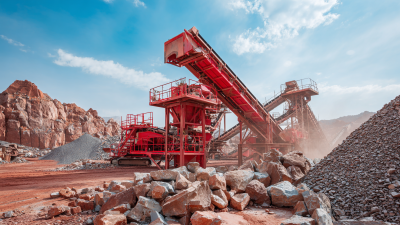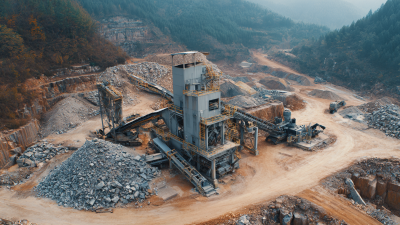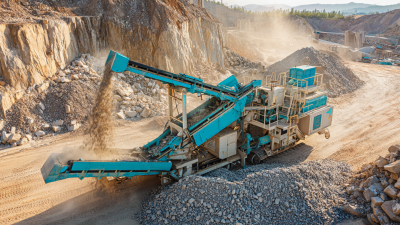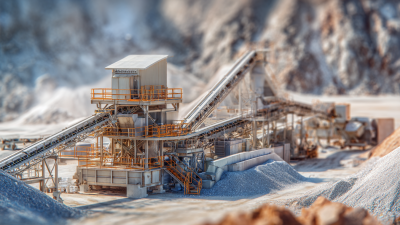When embarking on a construction project, one of the pivotal decisions involves selecting the appropriate materials that will ensure structural integrity and longevity. Among these materials, "Crusher Stone" plays a crucial role in various applications, from foundational support to decorative finishes. According to the U.S. Geological Survey, the production of crushed stone reached over 1.5 billion metric tons in 2019, reflecting both its extensive use in the construction industry and the increasing demand for high-quality aggregates.
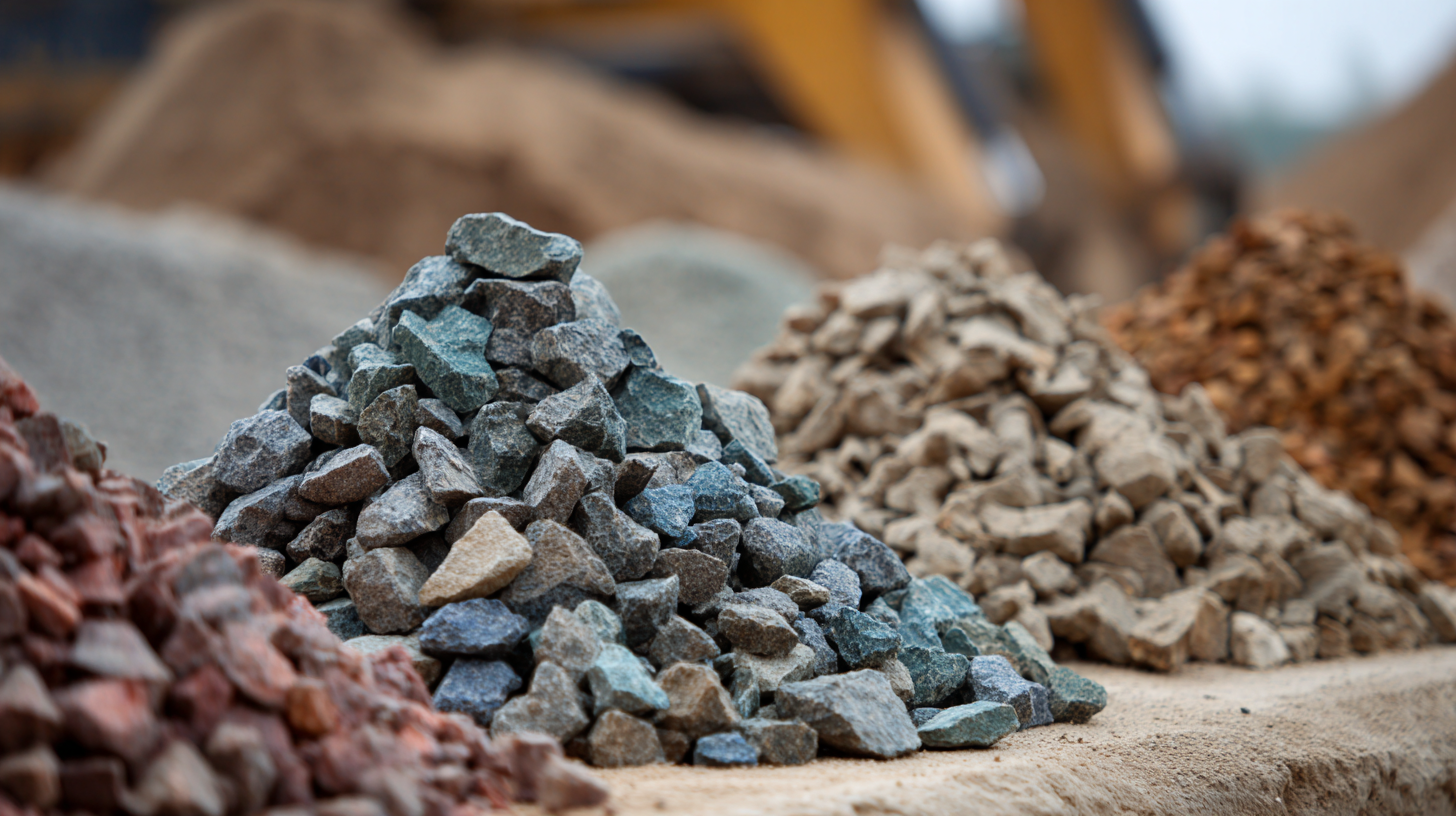
Understanding the diverse types of crusher stone available, including granite, limestone, and recycled concrete aggregate, can greatly influence the project's outcome. The right choice not only enhances the aesthetic appeal but also impacts the durability and stability of structures. Reports suggest that using high-quality crusher stone can reduce maintenance costs by up to 30% over the lifetime of a project, underscoring its importance in long-term construction planning.
As such, this guide aims to provide insights into how to select the best crusher stone tailored to the specific needs of your construction venture, ensuring optimal performance and value.
When selecting crusher stone for construction projects, several key factors must be taken into account to ensure optimal results. First, understand the specific requirements of your project, including the type of structure you are building and the load-bearing needs. Different types of projects may demand varying grades of stone, such as fine aggregates for concrete or larger stones for foundational support. Assessing the purpose of the stone will guide you in choosing the right size and type that meets your project's specifications.
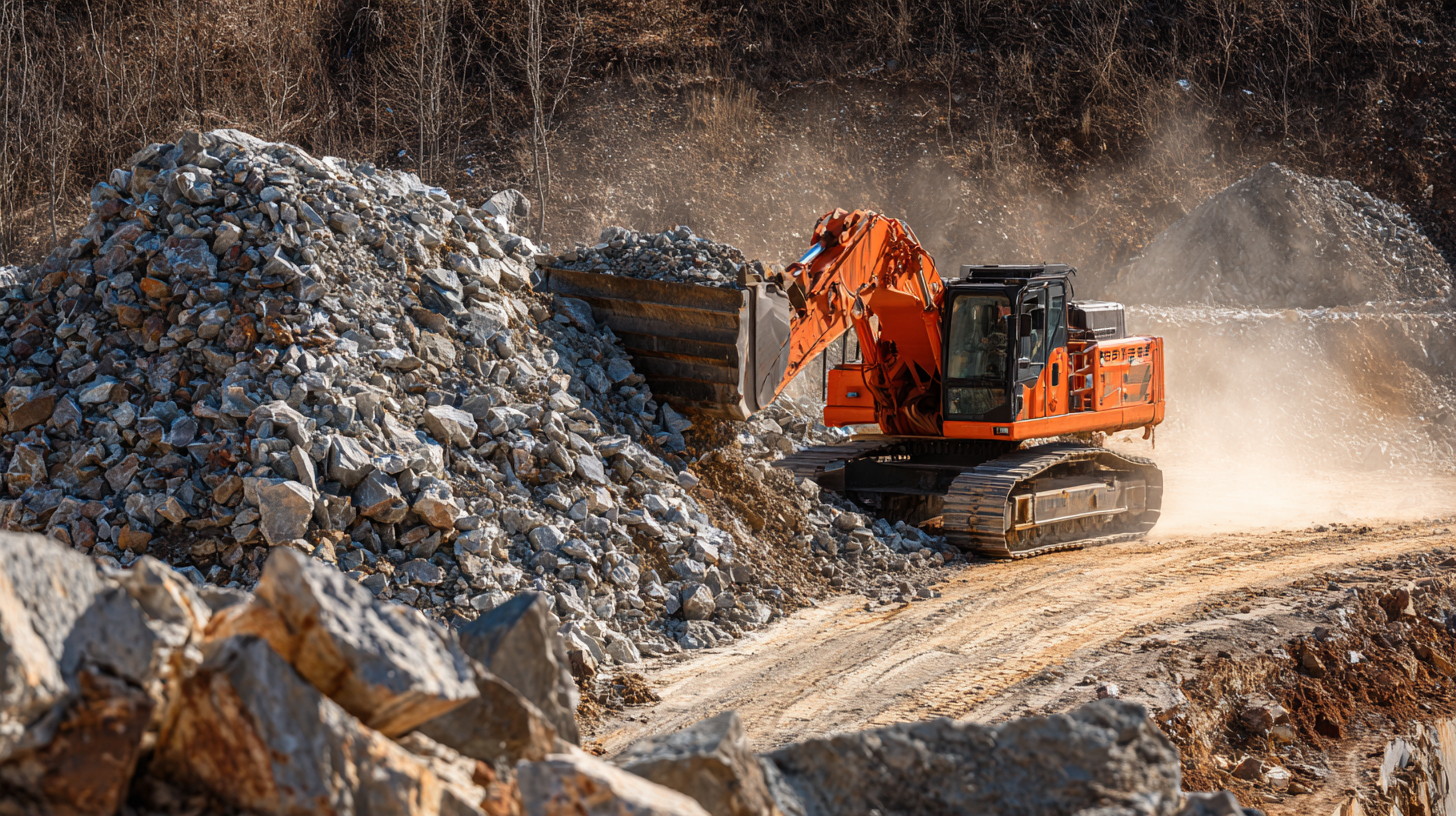
Another critical factor is the geological composition of the stone. Different stones offer varying durability, weight, and resistance to weathering and erosion. For instance, granite is renowned for its strength, making it ideal for heavy-load applications, while limestone might be more suitable for aesthetic landscaping elements. Additionally, consider sourcing stone that is locally obtained to minimize transportation costs and environmental impact. Analyzing these factors will help you select the best crusher stone, ensuring your construction project is both efficient and successful.
When selecting the best crusher stone for your construction project, it’s crucial to understand the different types of materials available and their specific applications. Crushed stone is categorized based on size, shape, and material origin, with common varieties including granite, limestone, and basalt. Each type exhibits unique properties that influence its suitability for various uses. For instance, granite offers excellent durability and is often used for high-traffic areas, while limestone is favored for its ease of workability, making it ideal for driveways and landscaping.
In addition to the type of stone, the size of the crushed material also plays a significant role in its application. Typically, the stone is available in sizes ranging from fine particles to large boulders. Smaller stones are best for filling gaps and providing a smooth surface layer, while larger aggregates serve well in foundational applications. Understanding these distinctions will enable you to make an informed decision that aligns with your project’s requirements, ensuring both functionality and longevity.
When selecting crusher stone for your construction project, assessing the material's strength and durability is crucial. According to the American Society for Testing and Materials (ASTM), the compressive strength of aggregate should be at least 4,000 psi for most structural applications. Higher compressive strength indicates better performance under load, contributing to the longevity and safety of your construction.
One effective method for evaluating the quality of crusher stone is to examine its gradation and shape. The ideal material should have a well-graded distribution, enabling the stones to interlock and form a stable base. Reports from the National Stone, Sand & Gravel Association (NSSGA) emphasize that angular and cubical aggregate shapes enhance interlocking, thereby improving load-bearing capacity.
Tips: Always request a sample before purchasing and conduct a laboratory test for abrasion resistance, which should ideally meet the requirements set out in ASTM C535 for durability. Additionally, consider the source of the stone; reputable suppliers typically provide certified materials, ensuring they adhere to standard specifications.
When embarking on a construction project, it's crucial to analyze the costs associated with different types of crusher stone. The price variations can stem from factors such as material type, production methods, and regional availability. Granite, for instance, is typically more expensive due to its durability and aesthetic appeal, while limestone or gravel offers budget-friendly alternatives. Understanding these differences can help you make informed decisions and optimize your project's budget.
Tips for selecting the right crusher stone include thoroughly researching local suppliers and comparing prices. Don't hesitate to ask for bulk discount options if your project requires a large quantity. Additionally, consider the long-term costs of maintenance and durability; investing in higher-quality stone can save money over time. Lastly, check for seasonal price fluctuations, as certain times of the year may offer more competitive rates. By taking these factors into account, you can effectively gauge the financial implications of your crusher stone selection.
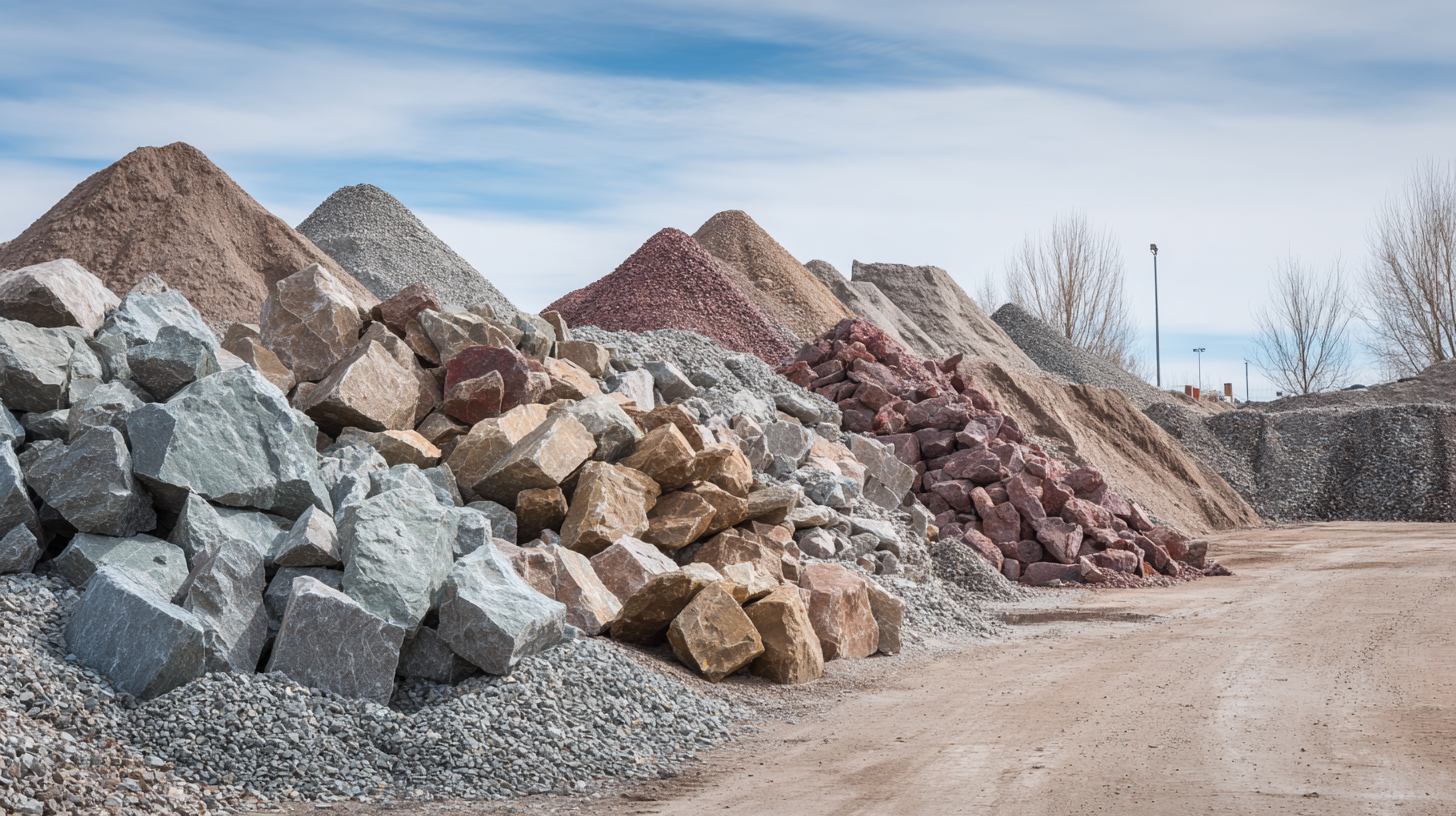 In the evolving landscape of construction, choosing the right crusher stone is pivotal for ensuring project success. Industry insights reveal that innovations in material technology and the introduction of eco-friendly aggregates are reshaping the selection process. According to a recent report by the Construction Materials Association, over 60% of construction firms are now prioritizing sustainability by opting for recycled and locally sourced stone. This shift not only minimizes environmental impact but also enhances the overall quality and durability of the structure.
In the evolving landscape of construction, choosing the right crusher stone is pivotal for ensuring project success. Industry insights reveal that innovations in material technology and the introduction of eco-friendly aggregates are reshaping the selection process. According to a recent report by the Construction Materials Association, over 60% of construction firms are now prioritizing sustainability by opting for recycled and locally sourced stone. This shift not only minimizes environmental impact but also enhances the overall quality and durability of the structure.
Moreover, advancements in crusher technology have also played a significant role in guiding selection criteria. The latest stone crushing equipment incorporates features such as enhanced crushing efficiency and reduced energy consumption. Data from the Global Machinery Report indicates that modern crushers can increase output by up to 30% while cutting energy usage by 25%. This trend towards efficient machinery indicates that construction companies are not just looking at the material itself but are also considering the machinery that shapes it, ensuring optimal performance throughout the project lifecycle.
